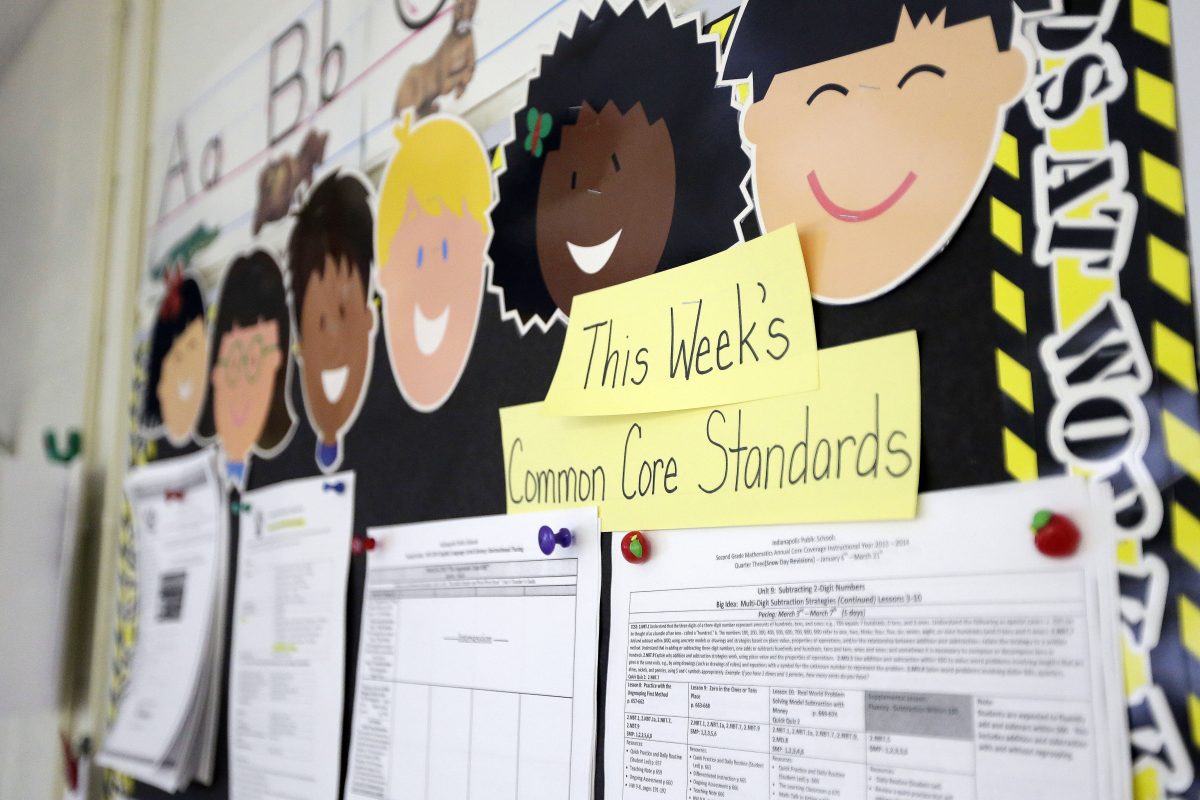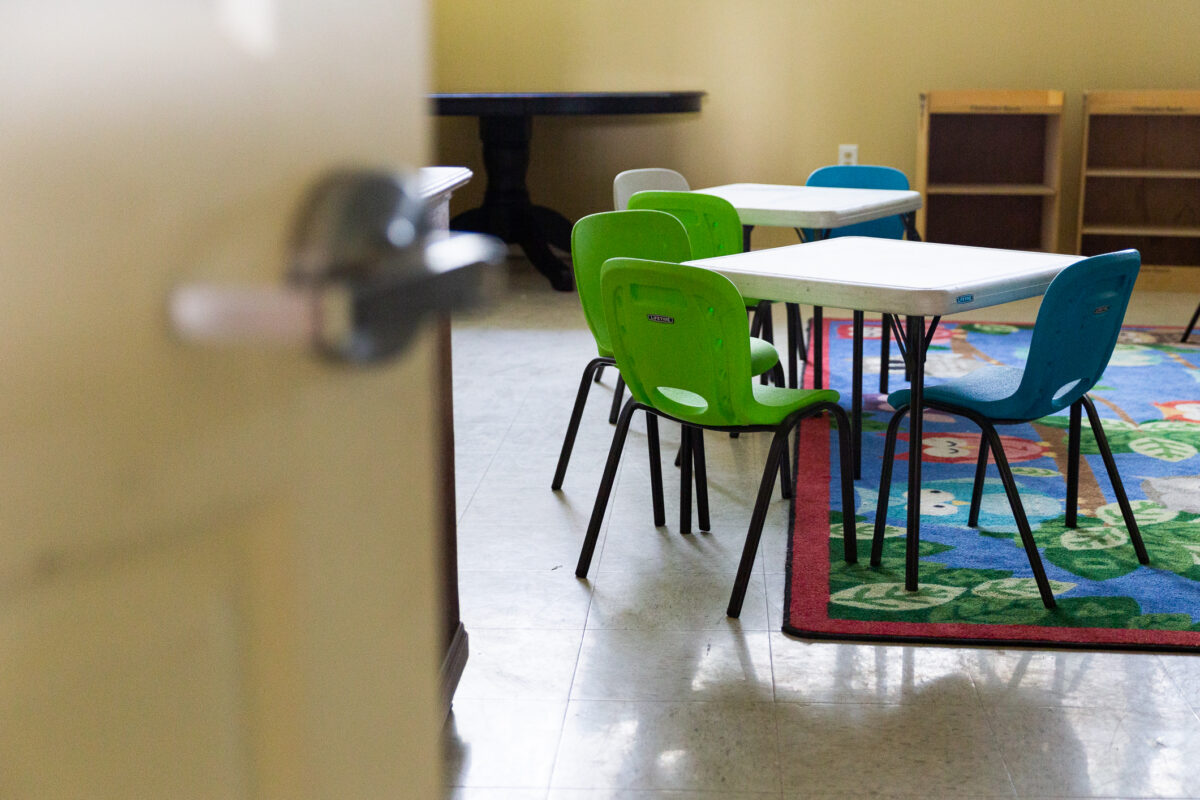Commentary
What can be done to turn around the troubling trend of a public education downturn over the last several years? We can brainstorm some solutions as we wrap up another school semester and peer ahead to the next academic year.
First, the federal Dept. of Education ought to minimize its influence on local education, which is best managed by communities and the states. Federal officials could offer guidelines for best education practices from around the globe and think tanks, but not issue mandatory edicts. Washington is notoriously inefficient at running programs due to endless bureaucracy and waste. Local accountability and funding reduces the redundant mandates emanating from higher levels of government.
Next, instead of careening from one pendulum shift to another every few years, schools ought to separate proven instructional methods from the chaff of social experimentation. Cross-Curricular Writing, New Math, No Child Left Behind (NCLB), and Whole Language were prior models that weren’t a panacea for educational improvement. Curtail social engineering in favor of student and teacher creativity, innovation, and rigorous study to build a healthy body, mind, and spirit.
The current new kid on the block, Common Core, was supposed to de-emphasize NCLB’s focus on testing. However, it also surrendered to the district, site, and state testing mania and is no silver bullet to fix the public schools. The Common Core State Standards (CCSS) are applied to the needs of each state, but insufficient input was provided by private sector interests into the creation of this paradigm about ten years ago.

Moreover, although Common Core encourages STEAM (Science, Technology, Engineering, the Arts and Mathematics) courses and evidence-based writing, it often leaves out other equally important writing genres. As a result, students are often unprepared for college reading and writing assignments, which flies in the face of the “college and career ready” mantra.
Third, despite all of the testing that students and teachers must endure, California’s test scores are in the basement. Why? Part of the reason is that students get burned out from standards-based tests and don’t take the state test seriously enough in the spring. Another possible factor is a reliance on technology in education instead of more rigorous critical thinking, projects, reading, speaking, and writing. Technology should be just one of many tools utilized in the teaching and learning process.
Fourth, reasonable class sizes in schools could facilitate enhanced learning and support effective teaching. It could also allow teachers to better manage misbehavior. Moreover, teachers can’t teach if school leaders lack the will to suspend or expel persistent class disruptors. “Tough love” academic and discipline standards are necessary for student success. Classrooms don’t need to be quiet, but if there is noise, productive, engaged learning should be unfolding.
Fifth, students shouldn’t be allowed to bring electronic devices to school. Pandora’s box was opened when schools reluctantly permitted this. Too many students find ingenious ways to vegetate instead of opening their minds to critical learning skills. These “smart” devices can be addictive, divorce students from reality, and also disseminate warped ideas to vulnerable developing minds.
Sixth, educational leaders at all levels ought to study the successes of charter and private schools. In the city of Orange, Orange County Classical Academy is a shining example of an effective charter school. It emphasizes subject content mastery and Phonics. It should be the goal of every stakeholder to compete with charter or private schools in order to achieve better learning results. Public schools and teacher unions ought to welcome parental input regarding curriculum content and school activities, because these parents are taxpayers who want the best for their youngsters.

Seventh, parents ought to have a choice as to which school their child attends regardless of zip code. This could generate competition. As an alternative, some have suggested tax-funded education vouchers that parents can use to enroll their children in any type of school they want, including home schooling.
Eighth, treat teachers with dignity and respect as most of them diligently strive to be caring professionals. Allow them to have a choice between joining or opting out of the teacher’s union (CTA). Offer teachers plenty of professional development workshops, but also let them find their own conferences, courses, and seminars to attend. Moreover, some of the best teachers have a degree or two and loads of other occupational experience, so they shouldn’t be required to get a teaching credential.
Ninth, it’s important to teach students how to think and not what to think in the core courses. They should learn how to debate and discuss controversial issues from differing perspectives and discover America’s founding values. Introduce more civics subjects into the curriculum, along with an array of vocational courses that have been downsized or eliminated in far too many schools.
Tenth, encourage student curiosity in the spheres of reading and writing for enjoyment rather than just another dreaded assignment for a grade to check off. Students already have to navigate a number of courses and tests. There is a unique role for continual informal and non-formal learning as a vehicle to become better citizens.
Finally, a number of these solutions could also be applied to higher public education institutions as well. In order to succeed in the real world, students need rigorous courses rather than the indoctrination of propaganda or the dilution of meritocratic standards. The future of the American republic hinges upon an innovative, self-governing, and well-educated populace.
Views expressed in this article are the opinions of the author and do not necessarily reflect the views of The Epoch Times.


















































